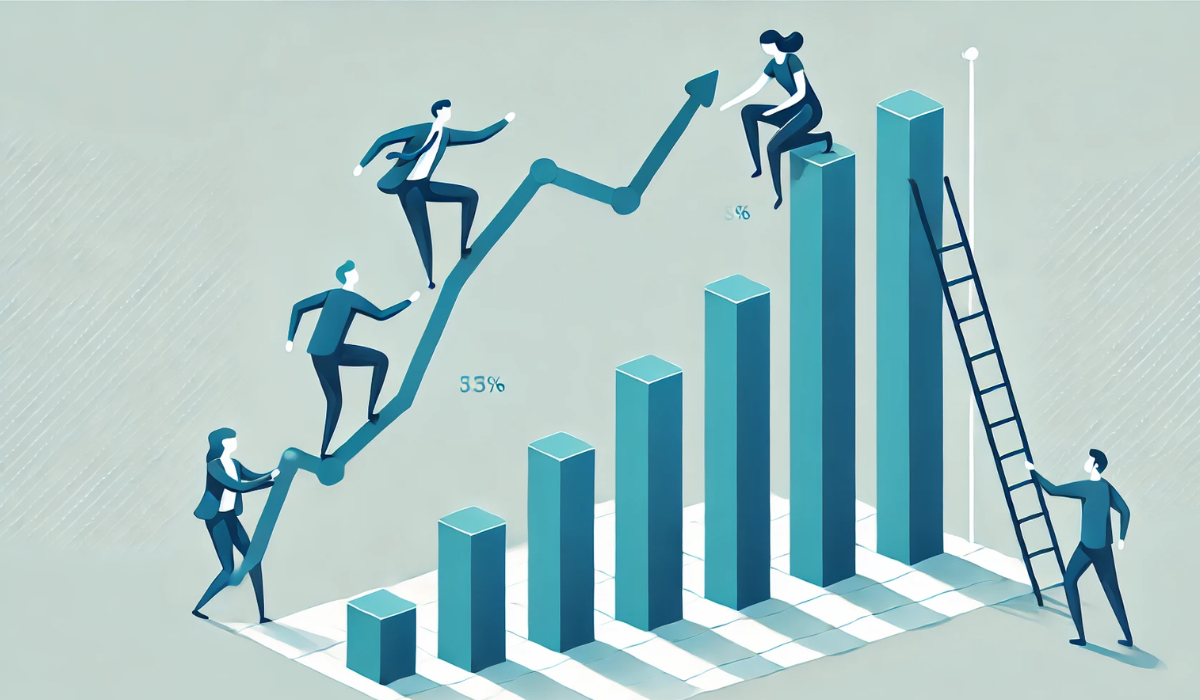5 Data and Technology Projects with Social Impact You Should Know in 2025

In 2025, we celebrate our tenth anniversary. Over this decade, data has been our guiding light, helping us make the invisible visible. Alongside hundreds of organizations around the world, we’ve used data to answer key questions and shed light on issues that matter.
But what does all this mean in practice? Here are five projects we’ve worked on with various social organizations to turn questions into actionable knowledge through data.
1. +60 Datos Plateados
Population aging is reshaping our societies. Yet, data on people over 60 remains scattered, making it harder to make informed decisions and design effective policies. +60 Datos Plateados aims to bridge this gap by centralizing data about this population in Colombia — from official statistics to perception surveys.
Developed in partnership with Fundación Saldarriaga Concha, this platform supports research, policy-making, and program design to improve the quality of life for older adults.
One of its main achievements is addressing data scarcity and fragmentation through a web platform that integrates multiple sources in one place. This not only improves access but also saves users time, as much of this data was available online but not previously organized.
2. Conectando Caminos
📌 conectando-caminos.netlify.app
In the context of migration between Venezuela and Colombia, Conectando Caminos por los Derechos provides access to key information for designing policies and strategies that improve communication with migrant communities.
At Datasketch, we developed the web platform for this USAID project, implemented by Freedom House, Pact, ABA-ROLI, and Internews, aimed at supporting the transition from humanitarian aid to long-term development. It focuses on Venezuelan migrants, Colombian returnees, and host communities, facilitating equitable access to rights and opportunities.
Through this tool, users can explore Information Ecosystem Analyses, studies that inform policies and projects to improve communication with migrant populations. The platform also hosts key documents produced within the program, becoming a valuable resource for those defending and promoting the rights of people on the move.
3. Minería Visible
How much revenue does mining generate, and how is it distributed? Minería Visible seeks to answer this with open and accessible data. The platform enables communities, journalists, and activists to explore vital information about resource extraction in Colombia, promoting transparency and accountability in the mining sector.
The project was selected as part of the “Mining Data in Action: Building Trust and Transparency” challenge by the From Disclosure to Development (D2D) program of the International Finance Corporation (IFC), in collaboration with the Transparency and Accountability Initiative (TAI) and supported by the BHP Foundation.
Datasketch co-developed the platform in close collaboration with local communities, encouraging participatory processes to ensure usability. Minería Visible not only opens up access to data but also responds to the needs of those seeking to understand how mining royalties affect their daily lives.
4. FLIP Website
The Fundación Para La Libertad de Prensa (FLIP) has redesigned its website to make information on journalists’ rights and press freedom in Colombia more accessible. With a user-centered design, the new site improves navigation and enables real-time content updates, enhancing access to data on threats and censorship.
Developed by Datasketch, the platform features a data visualization dashboard on press freedom violations in Colombia, based on data collected by FLIP. This tool allows users to analyze the number of attacks on journalists by variables such as region, alleged perpetrator, type of violence, victim’s gender, and professional role — offering a detailed picture of the threats facing the press.
5. Econo Nuestra
How do economic policies impact equity in Latin America? Econo Nuestra, a project by Oxfam, answers this with data on progressive taxation and resource distribution.
Its website, developed by Datasketch, features the “Inequality Test” — an interactive tool that helps users understand how fiscal decisions can either reduce or widen the economic gap. Through dynamic questions, participants explore the region’s economic and social reality, confronting key dilemmas and discovering possible solutions for building a more equitable future.
Let’s Work Together!
These projects show the social impact that data and technology can have when used to answer critical questions and improve access to information. At Datasketch, we remain committed to initiatives that promote transparency, equity, and knowledge sharing.
Are you part of an organization looking to leverage data for the common good? Join our 100 partners campaign — we’re looking for partners to scale social impact through technology. Let’s connect to build a future driven by high-quality information and better decision-making.